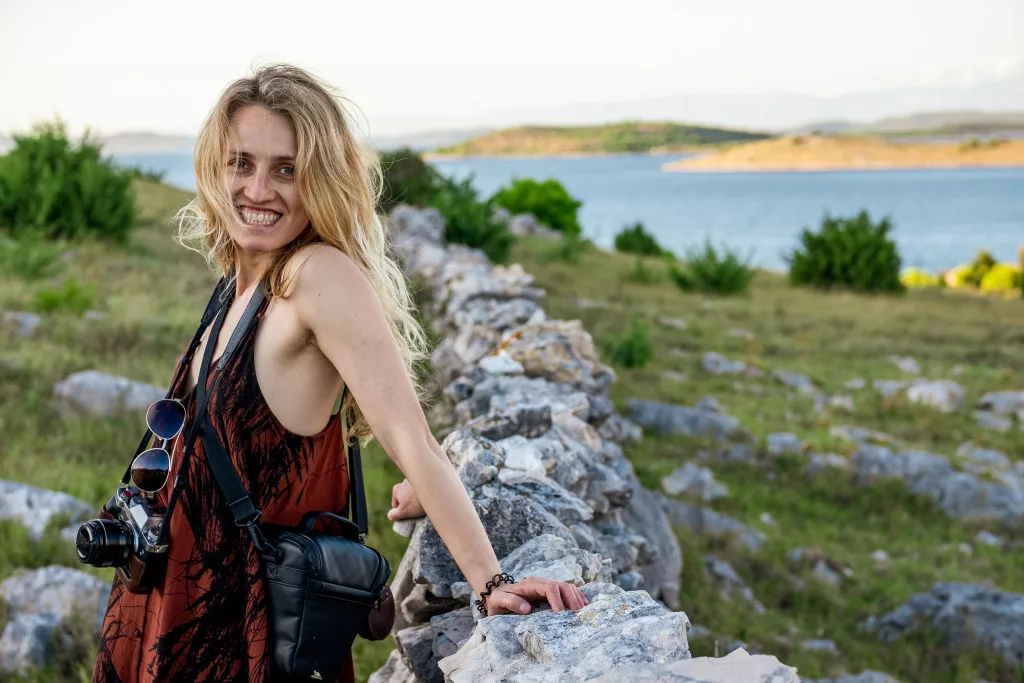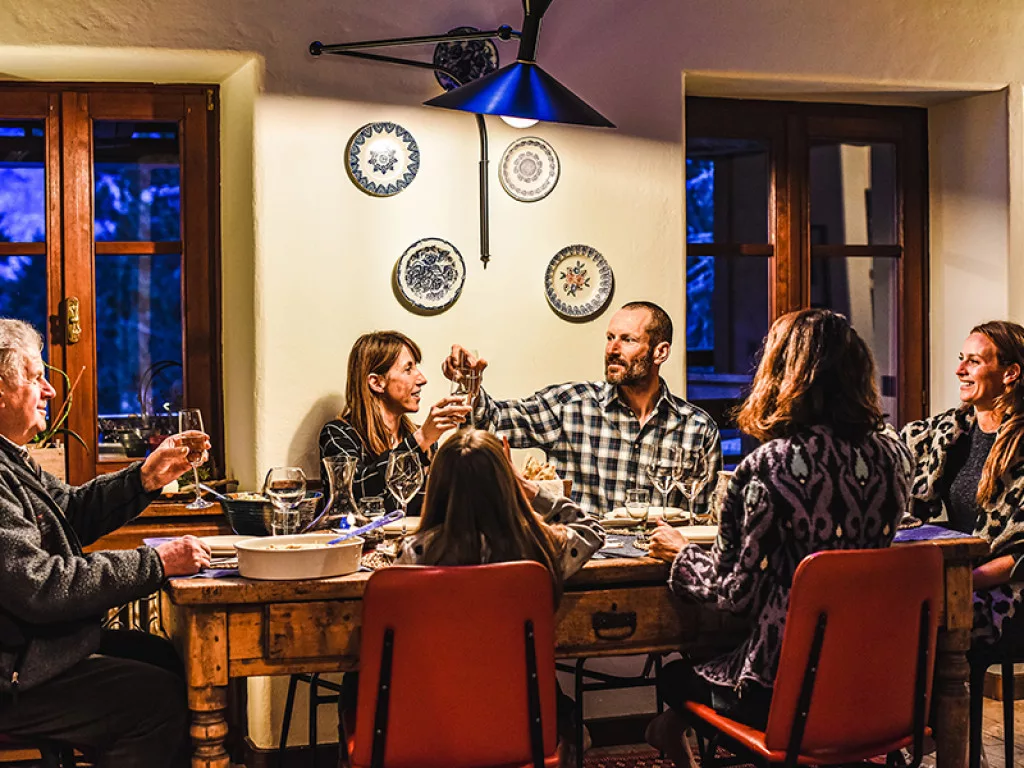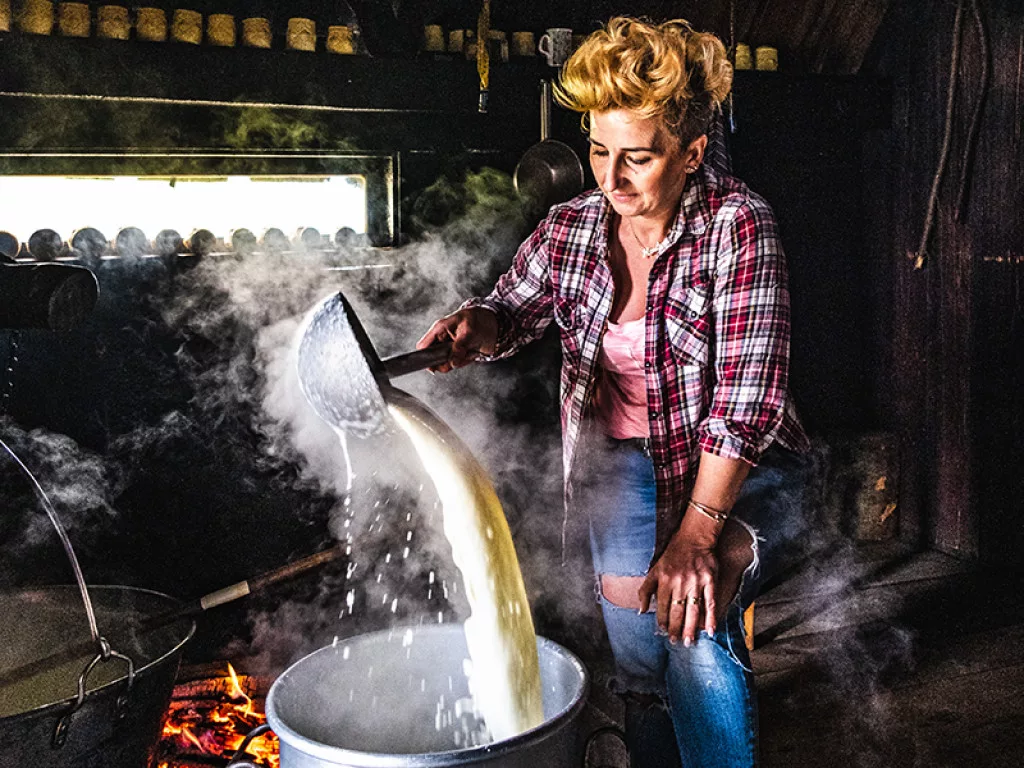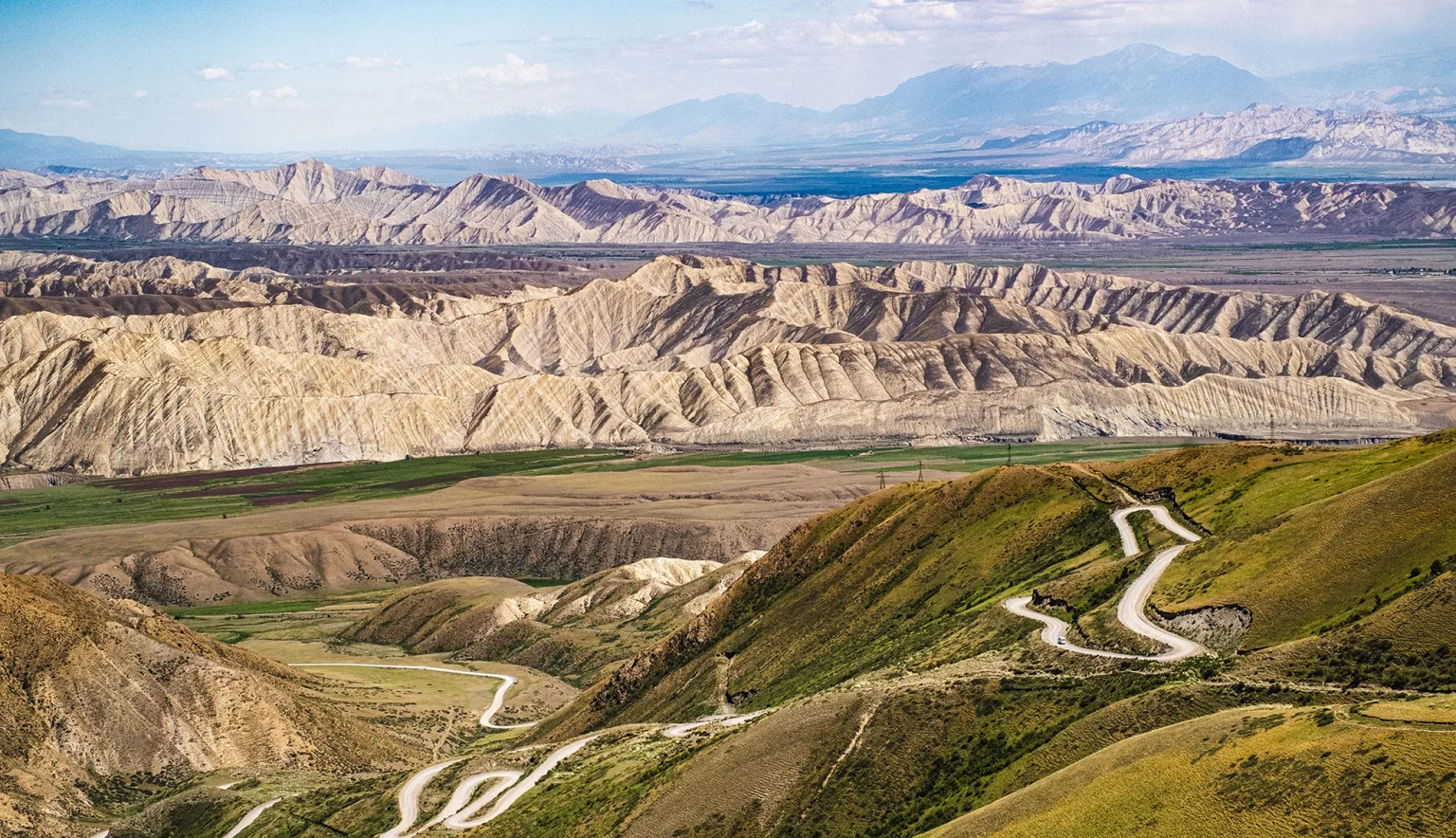From launching a sandwich blog to shooting for prestigious international publications, Karolina Wiercigroch whets our appetite for food and travel photography.
- Q&A WITH KAROLINA WIERCIGROCH
- Can you give us an insight into your career and how you first became interested in photography?
- Why did you choose to specialise in culinary storytelling?
- Having travelled to many different countries for work, what has been one of your favourite places to capture? What can you tell us about it?
- Of all the food stories that you have captured, what have been some of your favourite cuisines to experience?
- Are there any interesting assignments or projects you’ve been involved in over the past few years?
- What’s next for the future? Where would you travel to that you haven’t had the chance to yet?
- HOW I GOT THIS PHOTO
- CONNECT WITH KAROLINA WIERCIGROCH
Across the globe, food is the ultimate gateway to a destination’s culture; a tangible reflection of a region and the people, customs and traditions behind it.
As a food and travel photographer who describes herself as a ‘culinary storyteller’, Karolina Wiercigroch has dedicated her career to capturing these fascinating cultural snapshots on camera.
Launching this pursuit with a blog dedicated solely to sandwiches, Wiercigroch has grown to become an established freelance photographer whose work regularly features in renowned publications including National Geographic Traveller, The Sunday Times, VOGUE, British GQ and SUITCASE.
We catch up with the London-based photographer to discuss capturing everything from the nomadic shepherds of Kyrgyzstan to the best breakfast spots in Berlin.
Q&A WITH KAROLINA WIERCIGROCH
Can you give us an insight into your career and how you first became interested in photography?
Karolina Wiercigroch (KW): I started photography fairly late in life – it was my last year of university, and I wasn’t sure what I was going to do with my studies. I started photographing with my own food blog, as I’ve always been super interested in food and all the different forms of it, whether eating or cooking. So, I created this blog that was exclusively dedicated to sandwiches, featuring really elaborate recipes. Obviously, I needed photos, so I picked up a DSLR for the first time in my life which I borrowed from my boyfriend. He explained how it worked – so my very first pictures were of a baguette!
I was immediately hooked on the whole idea of telling stories through food, so I really enjoyed setting up the props and trying to transport people to an old rustic kitchen in Provence through the photos. I started off as a food photographer, and through telling those food stories I shifted from creating and setting up in a studio to actually travelling and documenting what I saw through my travels with a focus on food.

Why did you choose to specialise in culinary storytelling?
KW: Any travelling I have ever done since I was a child, food has always been the most exciting part of being in a different country. That’s what drew me to being a traveller in the first place.
Food is so important to any culture – it can tell you so much about the people and the place itself, which is what I wanted to capture. At first, I was mostly shooting for culinary magazines, working with food brands and doing recipes, so mainly photographing the food itself. But what I like most about culinary storytelling and travel photography is telling the stories of the people who make the food. The reason that I wanted to travel was to find the people who I can use to tell these stories through – the food makers, home-cooks, restauranteurs and artisanal producers. It’s been so exciting to meet them and make connections through food.
Having travelled to many different countries for work, what has been one of your favourite places to capture? What can you tell us about it?
KW: It’s extremely difficult to choose, but one of the most special and memorable travels for me was my trip to Kyrgyzstan. This was three years ago, before the COVID-19 pandemic started. Here I captured one of my favourite stories for National Geographic Traveller Food about the nomadic shepherds of Kyrgyzstan.
I went to try and find the shepherds and experience their culture. This goes back to a time before the country was part of the Soviet Union and was mostly a nation of nomads. Many people led a nomadic lifestyle based on travel depending on the weather and seasons; heading to the valleys in the winter and then back up to higher altitudes in summer to find grass for their herds. This way of life came to an end with the Soviet Union, but over the past 30 years, since Kyrgyzstan regained independence, this traditional way of life has returned. Of course, it’s different today to how it was then, now that people use cars and have TVs and electricity in their yurts, but a lot of it remains the same.
Experiencing the food culture was so interesting and seeing how that has changed. Traditionally, most nomadic cultures rely heavily on meat and dairy, since they are travelling and not cultivating vegetables, but these days you have itinerant vendors who are travelling by car to bring fresh produce from the villages. So now people have access to fresh fruit and vegetables, which are incredible there in the summer. The dairy products were also very interesting, like the traditional Kyrgyz drink that’s similar to kefir but made with mare’s milk – Kumis. The first sip was so strange, almost like liquid smoked cheese, but you get used to it and it grew on me! If you encounter any shepherds, this is the first thing they offer you as a welcome, so I drank a lot of it and by the end I could appreciate it. That was a fascinating trip.
Of all the food stories that you have captured, what have been some of your favourite cuisines to experience?
KW: Again, there are so many, but Indonesia was one of the most memorable in terms of food. Everything is so full of flavour, I learnt to make yellow Balinese curry paste, discovering galangal, fresh turmeric, and tempeh. Burma was also interesting, particularly for the pickled tea leaves, which I learnt how to make whilst visiting a remote community in Shan state. Closer to home in Europe, Italy is always a favourite because I think it’s so amazing that each region is so different. Growing up, to me it was always pizza, spaghetti and lasagne that I thought was Italian food, but then I discovered all the different region’s dishes and traditions. Every time I go, I discover new flavours.

Are there any interesting assignments or projects you’ve been involved in over the past few years?
KW: I was invited to be a panellist both this year and last year on the National Geographic Traveller Masterclasses. Since the event has only taken place online due to the pandemic, we reached more people joining across the globe. I was able to share some of my tips and knowledge about how to photograph people, places, and how to work on assignment for a travel magazine. You always learn from your colleagues and their feedback is so valuable. This was a great experience and I’d be interested in doing more learning or mentoring in the future.
What’s next for the future? Where would you travel to that you haven’t had the chance to yet?
KW: It’s changed a little for me after the pandemic, which I hope is over, but you never know! I normally have the whole year and all my trips planned in advance, but because things were changing so quickly I decided to not plan ahead so much. I’m trying to be more spontaneous and decide on the go. Soon I will book a long-haul destination to stay for a bit longer but I haven’t decided just yet.
I’ve been doing a lot of travelling around Europe since the pandemic, so I am also trying to look for stories closer to home – like Rome, where I discovered the tradition of nose-to-tail cooking, or when I drove the Wild Atlantic Way in Ireland to meet fishermen and seafood makers. The next thing planned is to do a story on the best breakfast cafes in Berlin, where I have some amazing people lined up so I’m excited for that. After that, we’ll see what’s next!
HOW I GOT THIS PHOTO
This is one of my favourite shots from a story on traditional cheesemaking in the Polish mountains, shot for National Geographic Traveller Food. I captured Monika Bryja – one of few female shepherds – making żętyca, a fermented drink of whey, which is a by-product of cheese production. I had already spent a good hour photographing Monika and her cheese workshop, so when it was time to work on żętyca, she was used to me being there and relaxed in front of the camera. I quickly worked out the best angle and decided to use a wider lens to offer the viewer a broader scene. I also asked my guide to hold a small light on the front-left of the scene to brighten up the subject. I then shot multiple images to make sure I captured that perfect pour.


























